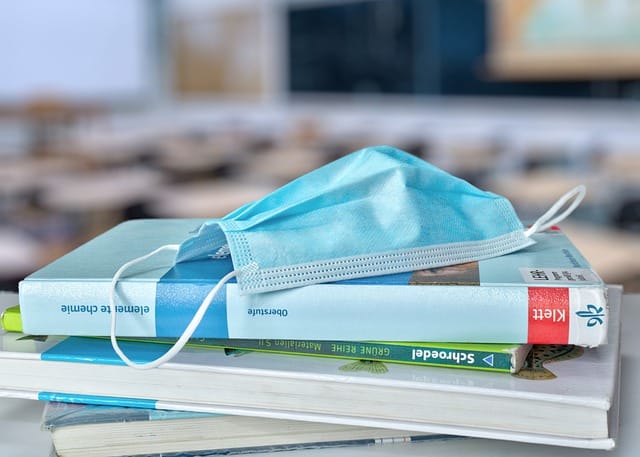With the nearing rollout of some vaccines under the Emergency Use Authorization (EUA), some experts are thinking over the possibility of face-to-face classes in the Philippines. Here’s the latest development on this issue.

New Bid for Face-to-Face Classes, Rejected
With the emergence of more contagious COVID-19 variants, the president had suspended the planned pilot-testing of face-to-face classes in the country.
But on February 19, authorities hinted at yet another possibility: in-person classes with limited hours. This is after DepEd’s renewed call to open the classes, stating that many learners want to go back to school to learn with their friends.
Authorities explained1 that should face-to-face classes in low-risk areas push through, the hours might be limited. The students will still take advantage of blended learning with modules and online classes, but they might have to physically go to school 1 hour or 3 hours weekly.

However, the new proposal was rejected.
A representative detailed in an interview2 that there will still be no face-to-face classes in the Philippines. According to the spokesperson, they don’t want to put the students’ and teachers’ lives in danger, seeing that vaccination has not started yet.
Distance Learning Tips for Parents
Many parents felt relieved after knowing that their kids can still study in their homes’ safety, but they also agree that distance learning is challenging. To help your child make the most out of their online education, consider the following tips:
- Allow your child some creativity in their “study space.” Help them design and organize their belongings.
- Help your child make and achieve daily or weekly goals. Careful planning based on the school’s provided curriculum will keep them on track and reduce the risk of burnout.
- Allow them breaks in between tasks. Remember that kids have a shorter attention span.
- Don’t forget to praise and reward them for a job well done in school (in both video classes and modules).
- Make and follow a schedule, and distinguish between school days, weekends, and holidays.
And finally, remember that studying at home could significantly reduce their activity level, so it’s best to encourage them to stay physically active through play.
Distance Learning Tips for Parents























